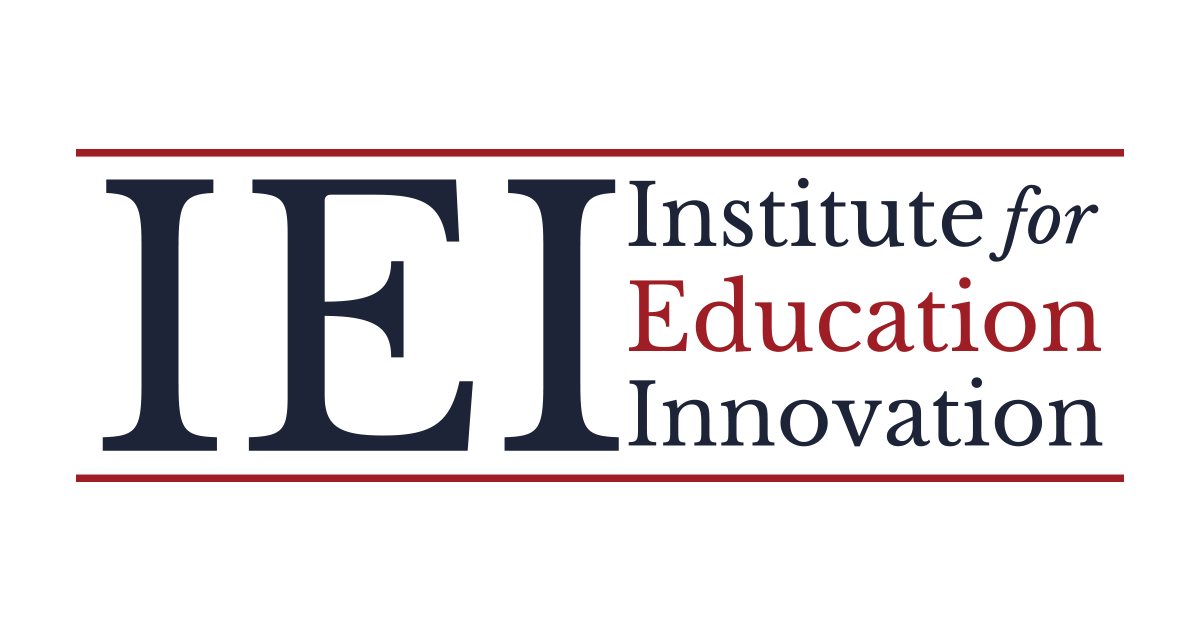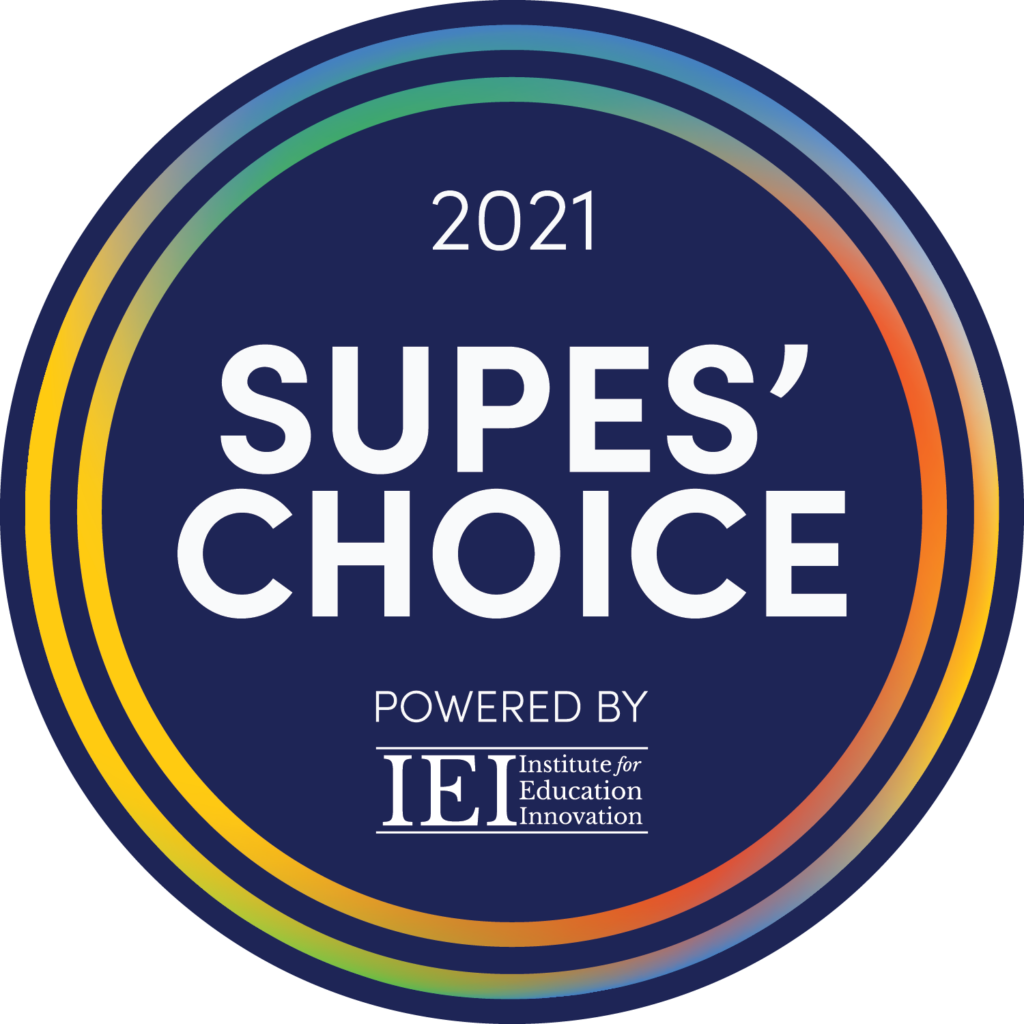Why EdTech Companies Need Superintendents: Interview With the CEO of the Institute For Education Innovation, Doug Roberts

The past three years have highlighted the growing reliance students have on online learning platforms, accelerating our use of both training sites to learning management systems. The catalyst of COVID has seen an explosion in the EdTech sector, according to Grand View Research’s 2021 report, the market size was estimated at USD 89.49 billion in 2020, and is expecting a compound annual growth rate (CAGR) of almost 20% from 2021 to 2028. With all this attention from investors, it is important to remember the audience of EdTech companies and the fundamental communication needed with them for online learning to work. The Institute For Education Innovation (IEI) consists of over 60 of the nation’s most innovative superintendents, who are dedicated to working with education technology providers to make learning more engaging and accessible to K-12 learners.
eLearning Inside connected with CEO of IEI Doug Roberts to talk about the fresh insight superintendents bring to the EdTech conversation and the launch of the organization’s Supes’s Choice Award:

You mention on your website how due to COVID your organization had to transition to smaller, more virtual, events and meetings. How has COVID changed the landscape of K-12 education, both for students and education bodies?
A: While at-home learning works well for some, and flexibility in learning modalities is important, there is broad recognition that students need to be in schools.
There is a lot of talk about “learning recovery,” but superintendents aren’t looking back — they’re looking ahead and focused on meeting the needs of their students and families where they are now. That requires flexibility, adaptability, and innovative thinking — qualities our superintendents demonstrated manifestly throughout the pandemic.
In addition to instruction, school districts are increasingly being asked to provide a multitude of services to students and their families, including social, professional, medical, counseling, mental health, dental, and food services. The more roles we ask our schools to play, the more critical they become.
The pandemic also changed the relationship between school districts and technology providers. EdTech companies have done an incredible job of rolling out solutions for the many challenges brought about by the pandemic. But at the same time, there is still a disconnect between some of the technology being offered to school districts and the solutions they actually need.
What do superintendents bring to the EdTech conversation? Do they represent perspectives lacking in other areas of the field?
A: The pandemic demonstrated how dedicated, adaptable, and entrepreneurial the nation’s superintendents are. They know their districts better than anyone and can offer valuable insights to solution providers about use cases, the feasibility of business models, and implementation plans. Superintendents understand the classroom, the procurement process, the budget, and the politics of the boards and communities they serve.
At the Institute for Education Innovation (IEI), my role is to bring together education technology providers and superintendents to engage in constructive problem-solving and innovative thinking around technology in schools. Companies, investors, or philanthropists considering rolling out a new education solution can come to IEI, meet our superintendents, get feedback on their idea, and hear from superintendents about their districts’ particular needs. Entrepreneurs and executives seeking to scale up or continue to grow their existing services or solutions can work with IEI to grow their relationships with some of the nation’s most innovative district leaders
Are there any online learning platforms that have stood out to you during the pandemic?
A: The pandemic was a reminder that one size doesn’t fit all when it comes to technology. Every school district has unique challenges that require specific solutions. School is ultimately an engagement system, so whatever tools can best support that critical engagement between teacher and student, is the technology that’s most needed.
That said, we have seen a rise in the number of solutions providing direct instruction to students and those helping districts manage multiple platforms for digital instruction. The pandemic exposed that our industry has produced a wide variety of high-quality solutions and services, but districts were left to connect dots among a disconnected patchwork of independent solutions. IEI hopes to lead the charge to galvanize the EdTech industry around the needs of districts through the leadership of some of the nation’s most forward-thinking superintendents.
You recently launched the Supes’ Choice Awards, what features do you look for in a good EdTech product?
A: Each school district has unique needs and the technology required to meet those needs will vary. What works well for one school district won’t necessarily work well for another, depending on its demographics, location, size, culture, etc. It can be difficult for superintendents to weed through the many emails they receive from well-intentioned solution providers, and it can be just as difficult for those companies to understand the needs of the districts they are pitching.
Edtech companies often make the mistake of overthinking features before they have spent time listening to superintendents about what their school districts need. IEI superintendents don’t look for features. They look for partners. The younger the company, the more priority they place on the people who started and run the company. You may not have figured it all out yet, but if you bring your product team onto a
Zoom with a district leadership team to scope out a potential new feature or report, you’ll earn a district’s partnership for several years. The “features” that IEI superintendents look for are humility, an ability to listen, and an unrelenting commitment to the students they serve.
That’s why IEI launched the Supes’ Choice Awards — to give EdTech companies of all sizes an opportunity to have their products reviewed by school district superintendents and receive valuable feedback about what a good product looks like for their district.
Supes’ Choice Awards uniquely offers feedback to all entrants, not just the winners. There are 15 categories that companies can enter (and companies can enter multiple categories), including Innovator of the Year, Best Pivot on a Dime, Equity and Anti-Racism Champion, and STEM/STEAM Instructional Solution. Entries are due October 30.

In parallel, what features do you think EdTech companies should avoid when developing their products?
A: What superintendents prefer, and what works best, is when companies engage with school districts about their individual needs and specific challenges, rather than just pushing the latest product or “kitchen sink” solution on them. These two-way conversations, which IEI helps to facilitate, unfortunately, don’t happen often enough but can provide tremendous value for both parties.
There are no silver bullets, so if you pitch one, the conversation is over before it starts. And the surest way to get ignored by district leaders is to email them that you have a solution for “learning loss.” That’s a red flag that you are not listening to what districts need.
What do you think EdTech companies should be paying attention to when it comes to what students need from online learning?
A: While it’s great that companies are working on solutions to support virtual and remote instruction, the core of the K-12 experience still occurs within the “four walls” of a classroom at the direction of a trusted classroom teacher. Solutions that seek to support students outside of the school day should include opportunities to engage classroom teachers.
It’s also really important that all solution providers pay attention to equity in not only their business models and use case designs, but in staffing their leadership teams. Districts increasingly want to work with providers whose teams look like the students they serve.
What new advancements in EdTech are you looking forward to/ keeping an eye out for in the future.
A: My hope is that EdTech companies will do a better job of engaging with the districts they are doing business with in order to learn more about their specific challenges and needs and then invest in technology to address those needs. There is too often a disconnect between the products being created and the actual needs of a school district. Focus less on features and focus more on people. The way to build your business is not by building features, it’s by building relationships. That’s what we do at IEI.
Featured Image: Compare Fibre, Unsplash





